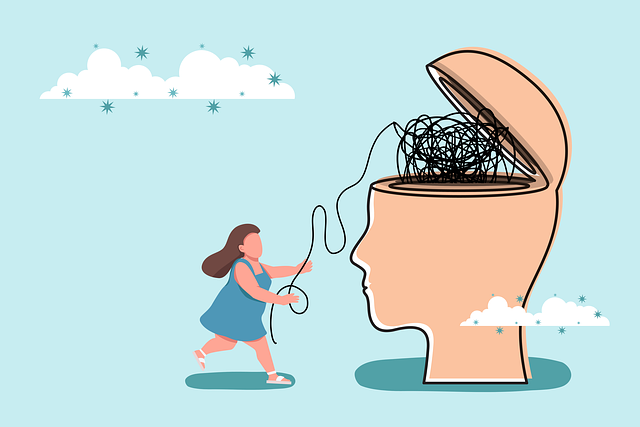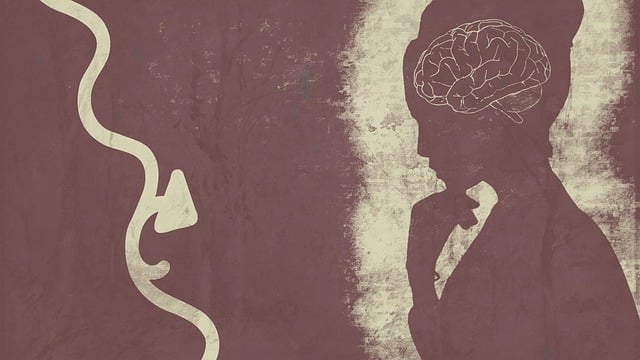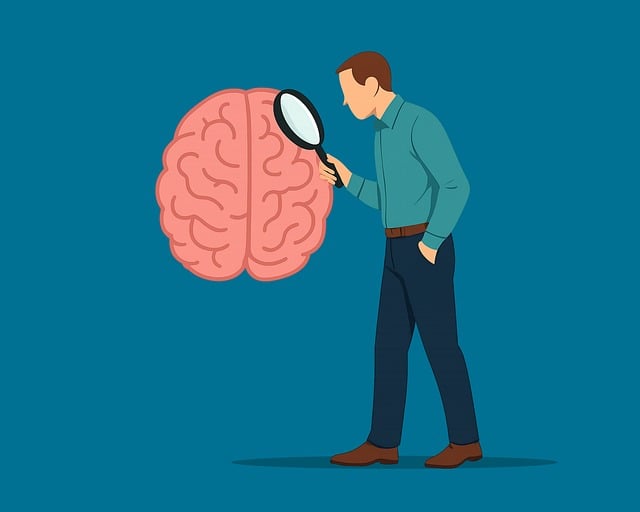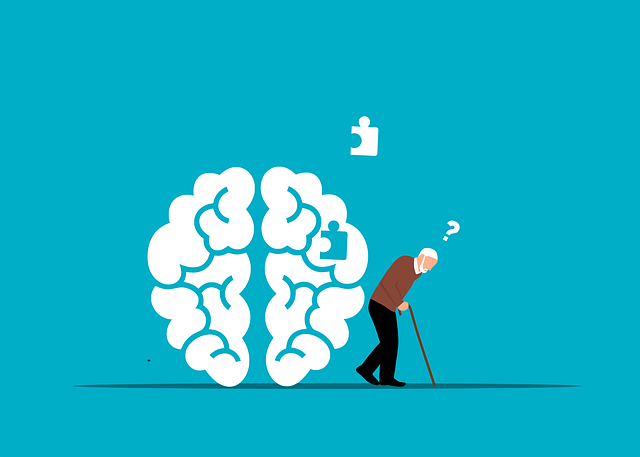Teen substance abuse results from a complex interplay of factors during adolescence, including brain development, peer pressure, low self-esteem, and unaddressed mental health issues. Therapy for adolescent teens focuses on building confidence, enhancing self-esteem, and teaching healthy coping strategies to reduce vulnerability. Holistic risk reduction strategies emphasize self-esteem improvement through therapy and community outreach programs, fostering supportive environments that encourage healthy choices and long-term recovery.
Substance abuse among teens is a growing concern, with complex underlying factors. This article delves into comprehensive risk reduction strategies, starting with understanding the dangers and the motivations behind teen substance use. We explore the power of therapy as a tool to address self-esteem issues, a key driver of risky behaviors. Additionally, we highlight holistic approaches aimed at building resilience and encouraging healthy choices, focusing on adolescent self-esteem.
- Understanding the Risks: Unveiling the Factors Behind Substance Abuse in Teens
- Therapy as a Tool: Targeting Self-Esteem to Mitigate Risk Behaviors
- Holistic Approaches: Building Resilience and Promoting Healthy Choices in Adolescent Self-Esteem
Understanding the Risks: Unveiling the Factors Behind Substance Abuse in Teens

Understanding the risks behind substance abuse among teens involves unraveling a complex web of factors that contribute to this growing concern. Adolescence is a critical period marked by significant physical, emotional, and cognitive changes. The brain is still developing, particularly areas responsible for impulse control, decision-making, and self-regulation—making teens more susceptible to peer pressure and impulsive behaviors.
Low self-esteem, a lack of coping mechanisms, and unaddressed mental health issues can significantly increase the likelihood of substance abuse. Many teens seek ways to cope with stress, anxiety, or feelings of isolation, often finding solace in substances that provide temporary relief or a sense of belonging. It’s here where therapy for adolescent teens plays a pivotal role, focusing on building confidence, enhancing self-esteem, and fostering healthy coping strategies. Mental health awareness among both teens and their supporting networks is essential, coupled with healthcare provider cultural competency training to ensure tailored support for diverse populations.
Therapy as a Tool: Targeting Self-Esteem to Mitigate Risk Behaviors

For adolescent teens struggling with substance abuse, therapy serves as a powerful tool to address underlying issues and mitigate risk behaviors. One key aspect often targeted is self-esteem, which plays a pivotal role in influencing an individual’s propensity towards risky activities. Low self-worth can lead to a distorted view of one’s worth and abilities, pushing them towards substances as a means of coping or gaining validation.
Through therapy, compassion cultivation practices can be introduced to help teens develop a more positive and realistic self-image. By learning stress reduction methods and exploring healthy coping mechanisms, these young individuals can better navigate challenging situations without resorting to substance abuse. Depression prevention strategies are also integral to this process, as addressing co-occurring mental health disorders is crucial for long-term recovery.
Holistic Approaches: Building Resilience and Promoting Healthy Choices in Adolescent Self-Esteem

Holistic approaches to risk reduction for substance abuse among adolescents emphasize building resilience and promoting healthy choices by targeting self-esteem. Therapy for adolescent teens focusing on self-esteem improvement can help young individuals develop a positive sense of self, reducing their vulnerability to peer pressure and the allure of substance abuse as a means of coping with emotional distress or seeking validation. By integrating mental health awareness into these interventions, professionals can address the underlying emotional needs that may contribute to substance use disorders.
Community outreach program implementation plays a crucial role in this strategy by fostering supportive environments where adolescents feel accepted and valued. Encouraging open dialogues about mental health and self-esteem improvement within these communities can help normalize conversations around sensitive topics, reduce stigma, and empower teens to make healthier choices. This multifaceted approach not only addresses the individual’s need for therapy but also creates a collective culture that prioritizes adolescent well-being.
In conclusion, addressing substance abuse among teens requires a multi-faceted approach. By understanding the underlying risks and factors, we can implement effective strategies such as therapy targeted at enhancing self-esteem, which plays a pivotal role in mitigating risk behaviors. Holistic approaches that build resilience and promote healthy choices are essential to fostering positive growth in adolescent self-esteem. Through these combined efforts, we can create a safer and healthier environment for teens, guiding them towards more fulfilling and substance-free lives.













